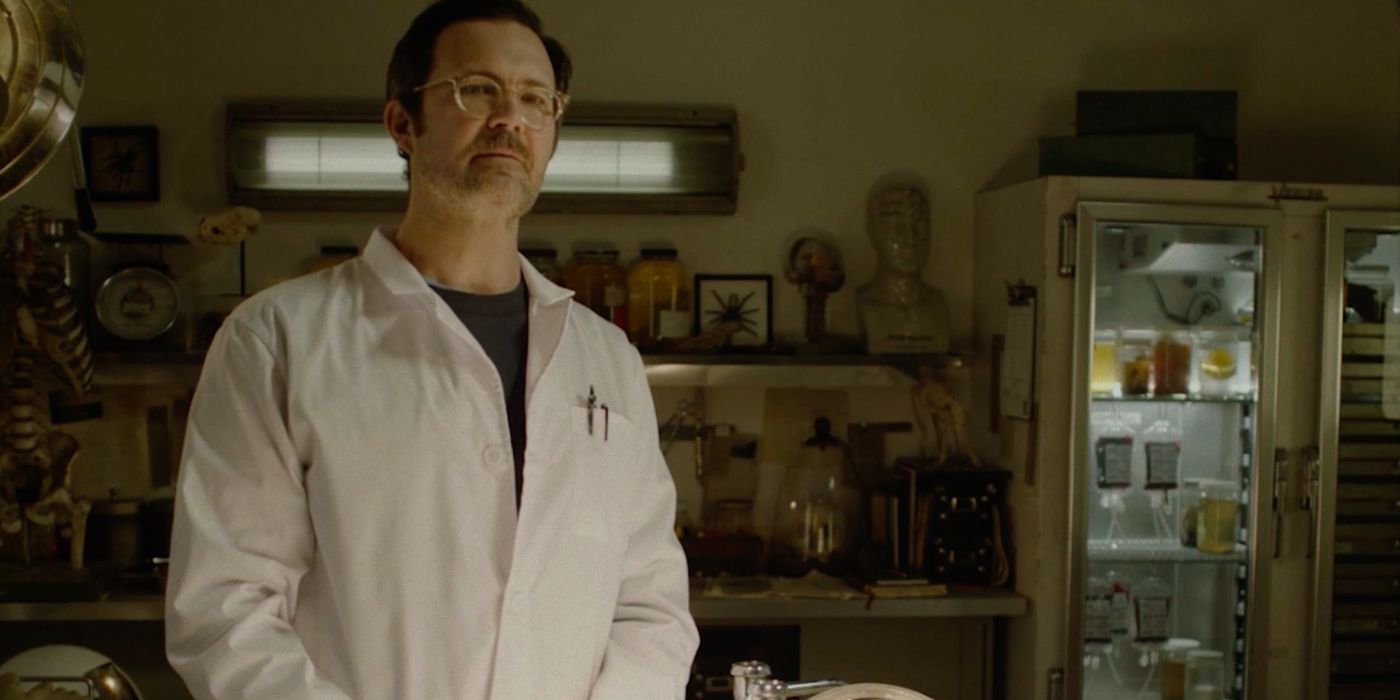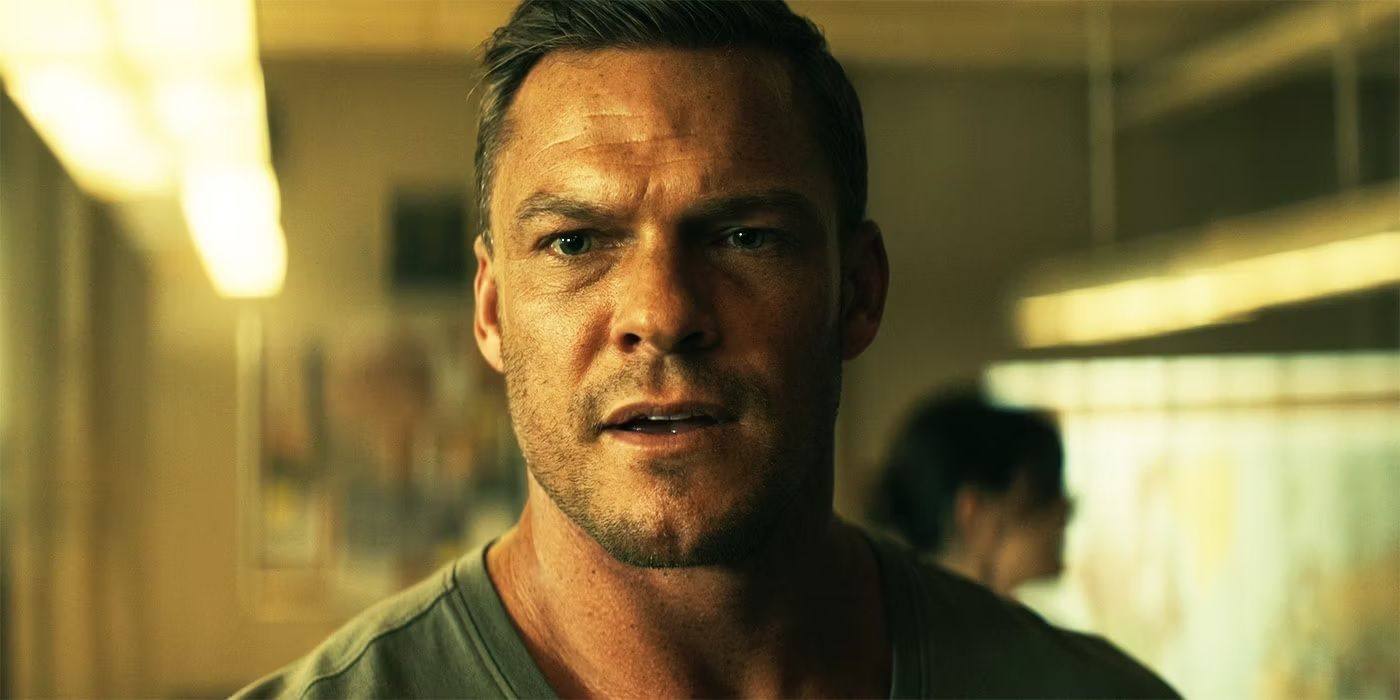Blonde, the much-anticipated dramatization of the life of Marilyn Monroe starring Ana de Armas, has finally been released on Netflix. As is often the case with any film based on a true story, artistic license regarding history has been taken. Entertainment Weekly went through six of the film’s scenes and determined whether or not they were fact or fiction. This is the result.
A particularly harrowing scene in Blonde is Monroe’s mentally ill mother, Gladys (Julianne Nicholson), attempting to drown her in scalding hot bath water. Did that happen? Maybe not as such, as there’s no evidence of an attempted drawing, but Monroe spoke privately of abuse incidents.
MOVIEWEB VIDEO OF THE DAY
“Her mother tried to kill her three times. Throughout most of her life, Marilyn often remarked how she could still vividly recall these horrific encounters,” Arthur Miller, Monroe’s third husband, told the BBC in 1968.
Another plot point in the film is Monroe entering into a relationship with Charles “Cass” Chaplin Jr. (Xavier Samuel) and Edward G. Robinson Jr. (Evan Williams) at the same time. Despite that, there’s no evidence that Monroe was ever in a throuple, nor were the two men gay, bi, or in a relationship with each other. Furthermore, the film’s speculation that Cass’ death played a role in Monroe’s own demise is untrue, as he died six years after she did in real life.
One particularly controversial element in Blonde is the movie’s depiction of abortion. Was Monroe forced to have an abortion by the studio? There’s no evidence of such, as Monroe never admitted or discussed such a thing. That said, it was a common practice at the time for Hollywood actresses to either choose abortion for the sake of their careers or be encouraged to get it by the studio.
Related: Blonde Author Joyce Carol Oates Defends Netflix Adaptation After Backlash
The Other Three Scenes
Netflix
Monroe’s miscarriage while married to the Playwright (Arthur Miller as played by Adrien Brody) is more or less accurate. Monroe first had a miscarriage in 1956, then an ectopic pregnancy in 1957, then a third miscarriage in 1958. Of course, the cause behind the miscarriage depicted in the film, tripping on a beach, seems to have been invented by the movie.
Monroe’s marriage to the Ex-Athlete (Joe DiMaggio, as depicted by Bobby Cannavale) was abusive. There are numerous accounts of DiMaggio’s physical abuse, which were prompted by his jealousy and insecurity over her fame and bombshell image. He did attack her over the famous subway gate scene in The Seven Year Itch. Di Maggio’s son recalls waking up to the sound of his father and Monroe screaming.
“After a few minutes, I heard Marilyn race down the stairs and out the front door, and my father running after her. He caught up to her and grabbed her by the hair and sort of half-dragged her back to the house. She was trying to fight him off but couldn’t.”
Then there’s the scene where Norma Jean takes a meeting with Mr. Z (Drarry F. Zanuck, played by David Warshofsky), hoping to land a role or contract. She does so, but only after he rapes her. There’s no proof of that occurring. However, Zanuck, the head of Twentieth Century Fox, was known for his questionable meetings with starlets and flashing women.
You can view the original article HERE.






























